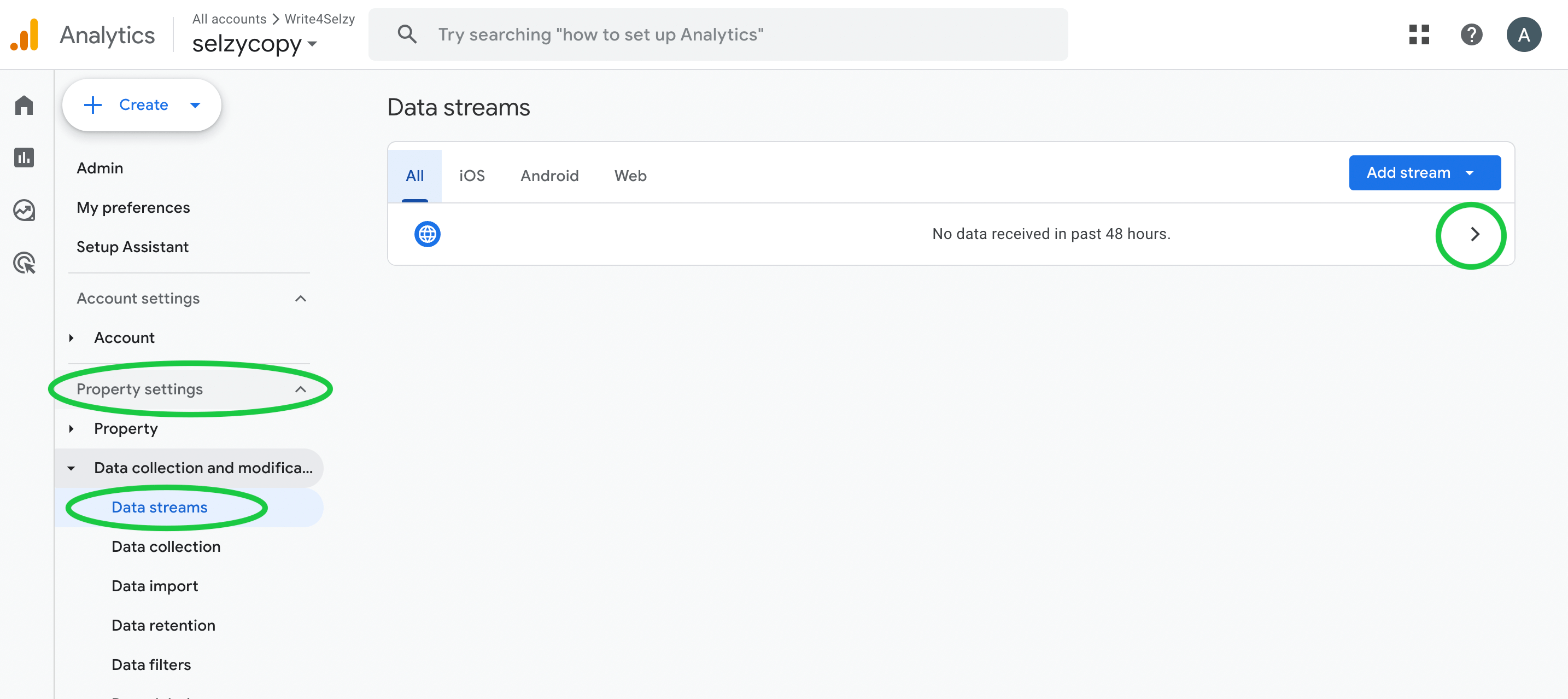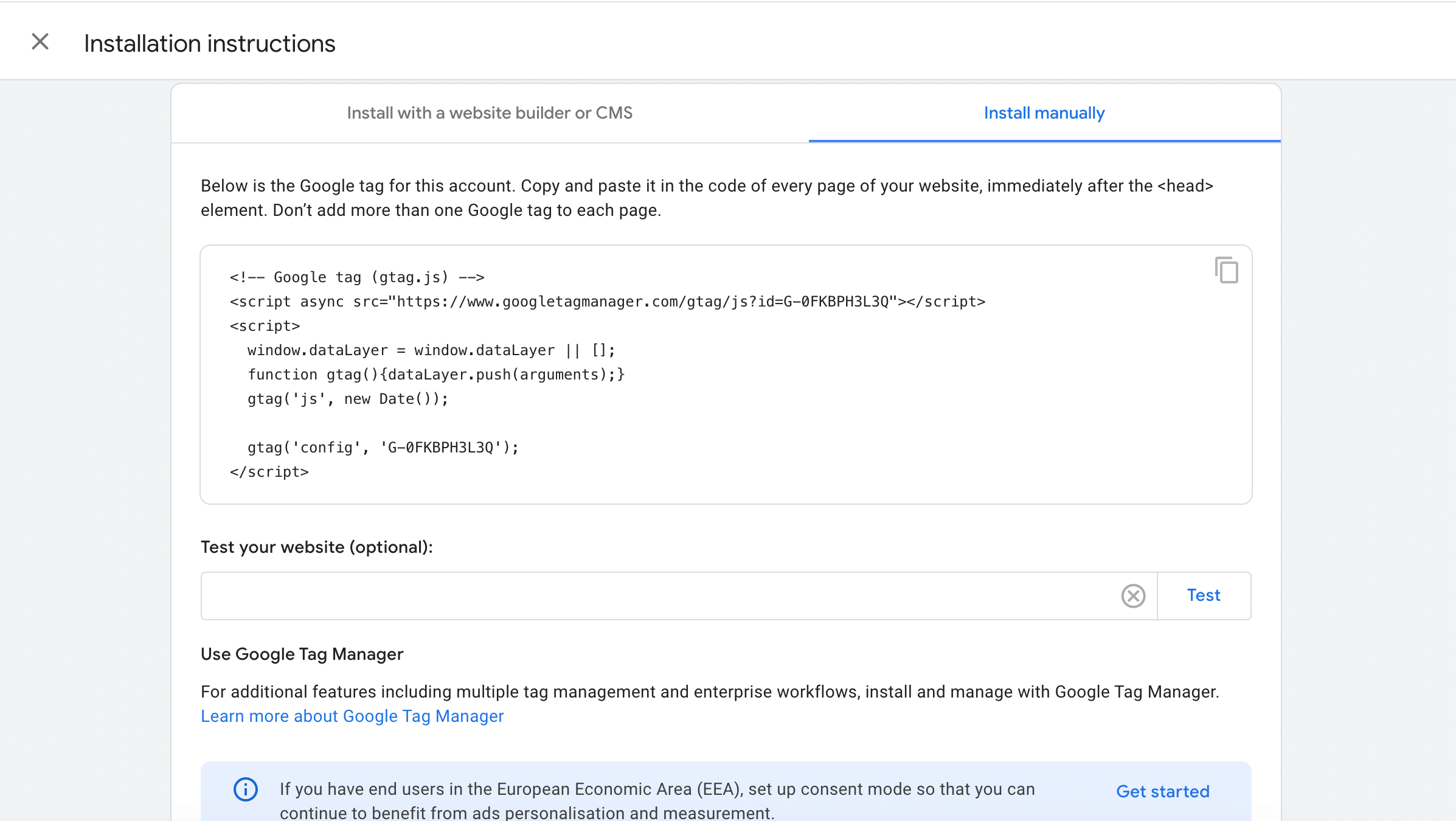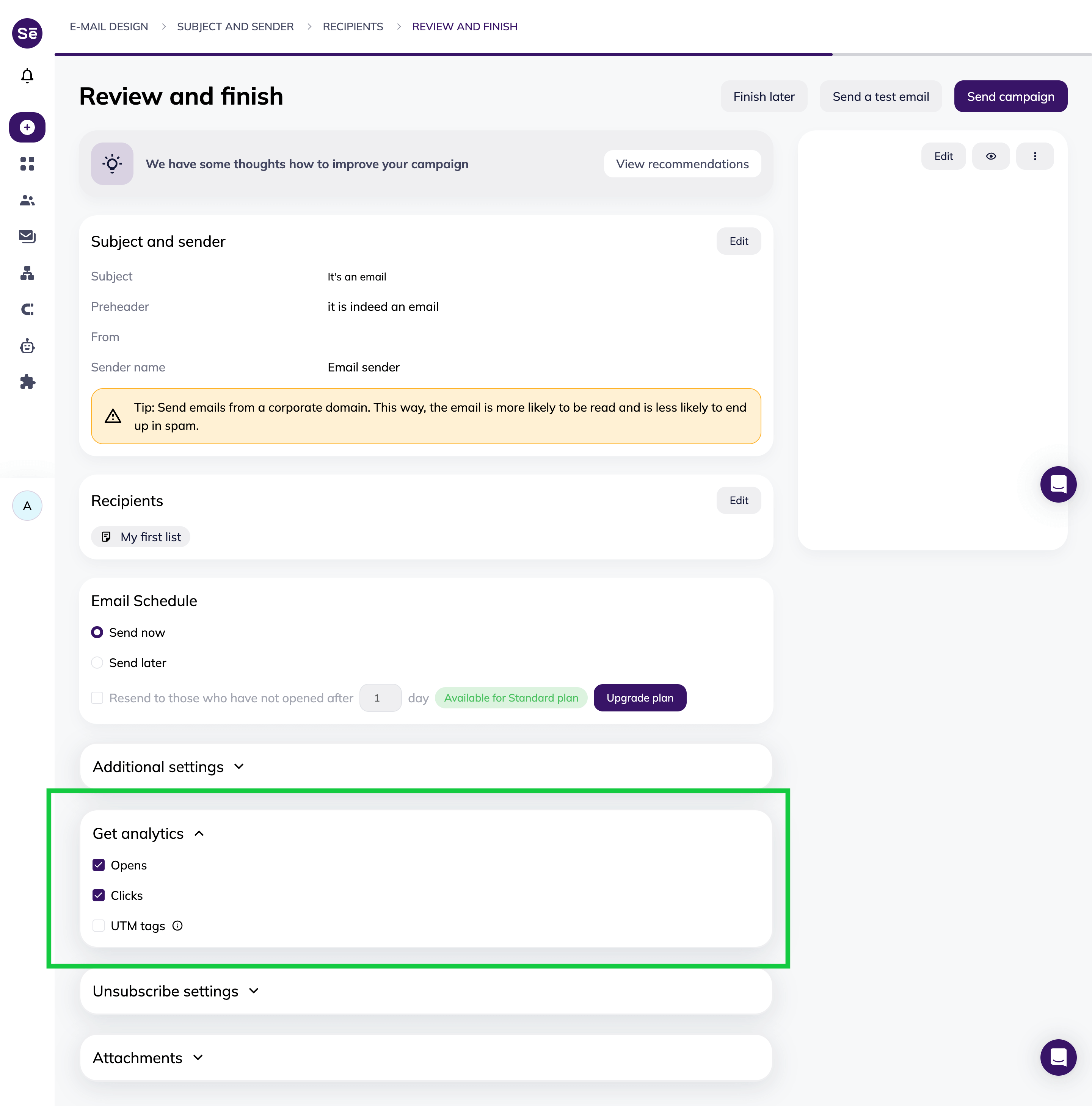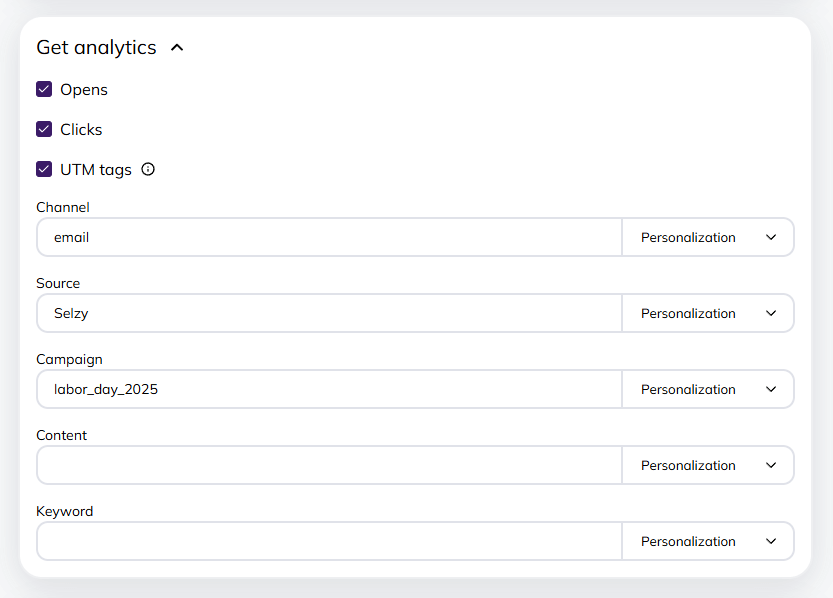Email metrics that you can track in Google Analytics 4
There are several crucial email metrics you can track via Google Analytics 4 to really gain new insights about your email marketing campaign.
- Open rate
Email open rate is one of the main metrics in email marketing. As the name suggests, it measures the percentage of recipients who open your email after receiving it.
Google Analytics doesn’t track open rates natively, but you can still achieve this by installing a tracking pixel into your email — a tiny image that’s embedded into the email body. When an email is loaded, the pixel gets triggered, notifying Google Analytics.
- CTR
Email click-through rate is another key metric. It measures the percentage of people who clicked on a link in an email, ad, or webpage compared to the number of people who received it.
To analyze your campaign’s CTR with Google Analytics, add UTM tags to all links as we discussed earlier in the article. Once your recipients click on the links, their actions will be recorded in your Google Analytics account. Google Analytics doesn’t record how many emails were delivered, so you’ll need to get this info from your ESP.
- Conversion rate
Email conversion rate is the percentage of people who take the desired action after receiving your email — buying your product, downloading a file, or signing up for your newsletter.
This is where Google Analytics really shines. Let’s imagine you’re in charge of email marketing for a clothing store, and you’re running a promotion on a particular item. With Google Analytics, you won’t just be able to tell whether your recipients click on the UTM-tagged link to this item, but you’ll also be able to track their behavior on the website, including whether they bought it. Google Analytics will also track other actions such as browsing pages or adding items to a cart.
Check out Google’s video on conversion modeling.
- User behavior
Even if the recipients don’t end up buying something from your website after clicking on a link, you can still collect valuable insights about the way they think.
Google Analytics 4 can show you which pages they visit, how much time they spend on those pages, and how they interact with different elements like buttons or videos. You can also track if users scroll through your content, click on links, or take specific actions.
- Device used to open your email
While Google Analytics can’t track the device used to open your email natively, you can get plenty of insight about devices from email links that direct users to your website. Once a user clicks on a link in your email with a UTM code, they’re redirected to your website. From there, Google Analytics can collect data about what device they’re using, operating system, and browser.
- Location of recipients
Google Analytics tracks the location of the recipients of your email similarly to the way it tracks the device used to open their email. Once a recipient clicks on a link with a UTM tag, Google Analytics uses their IP address to approximate their location.
- Event tracking
If you’re using more than one call to action in your email, you may be curious which one is performing better. With event tracking on Google Analytics 4, you can set up custom events linked to different CTA buttons.





















